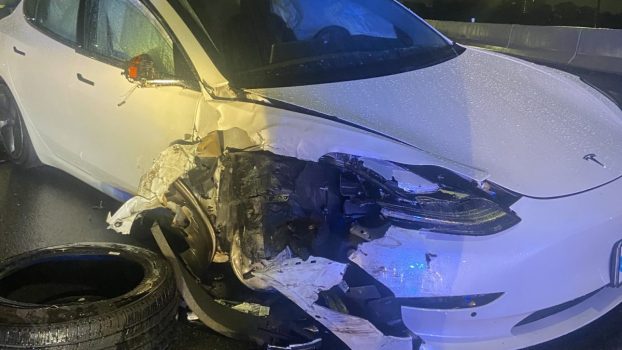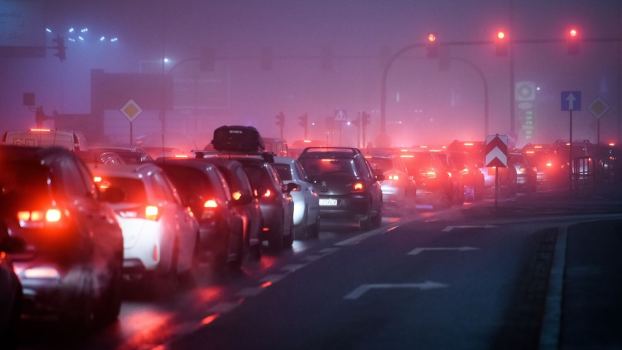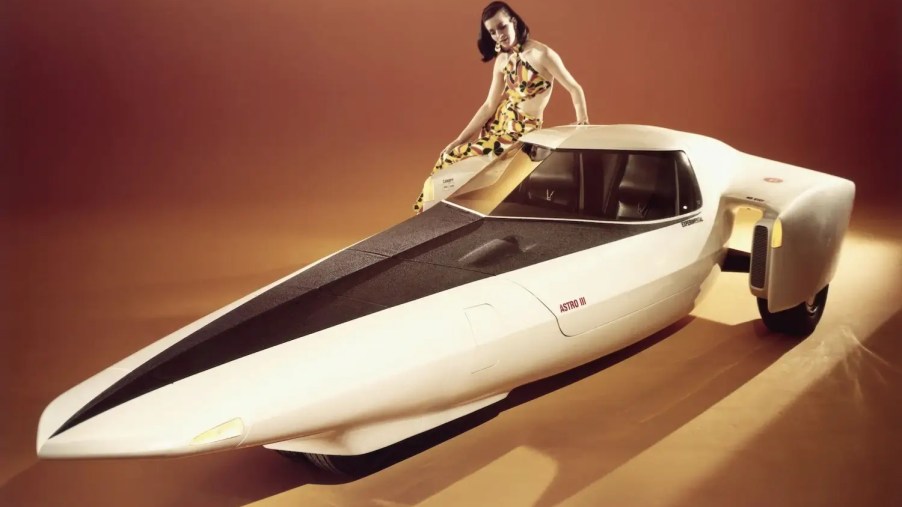
Taking Your Autonomous Vehicle’s Wheel Yourself Might Soon be Too Expensive
I have some bad news. While all current designs for autonomous vehicles allow you to take the wheel, you might not always be able to afford to. This is because if future self-driving cars prove much safer than human drivers, your insurance company might charge you an arm and a leg to take your life into your own hands.
Self-driving cars may lower insurance rates
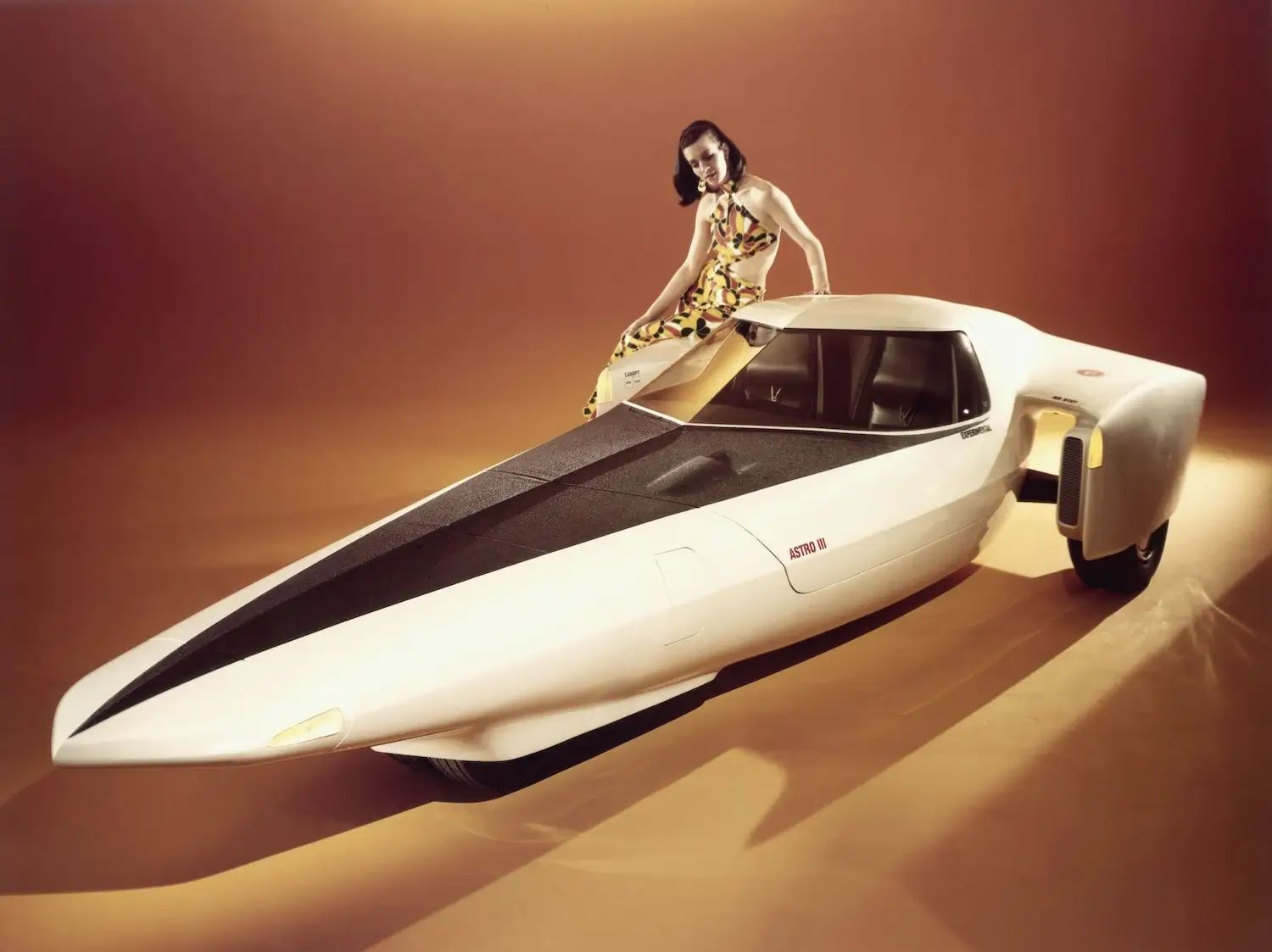
The current generation of cars with hands-free driver aid software include many safety features such as lane keep and automatic braking. This reduces the risk of crashing and thus may lower insurance premiums.
How much could insurance premiums drop? Car and Driver reports that some industry experts are forecasting a 20 percent drop in insurance premiums. One expert even revealed that the majority of insurance companies are “bracing” themselves for a loss. I guess for someone out there, less crashes could be a bad thing.
Of course, automated safety features cannot prevent every crash. If you forcibly steer a car off the road at highway speeds, no amount of automatic emergency braking can avoid a crash. Owners of vehicles that allow them to take the wheel will need regular auto insurance for the foreseeable future.
Is an autonomous vehicle manufacturer liable for crashes?
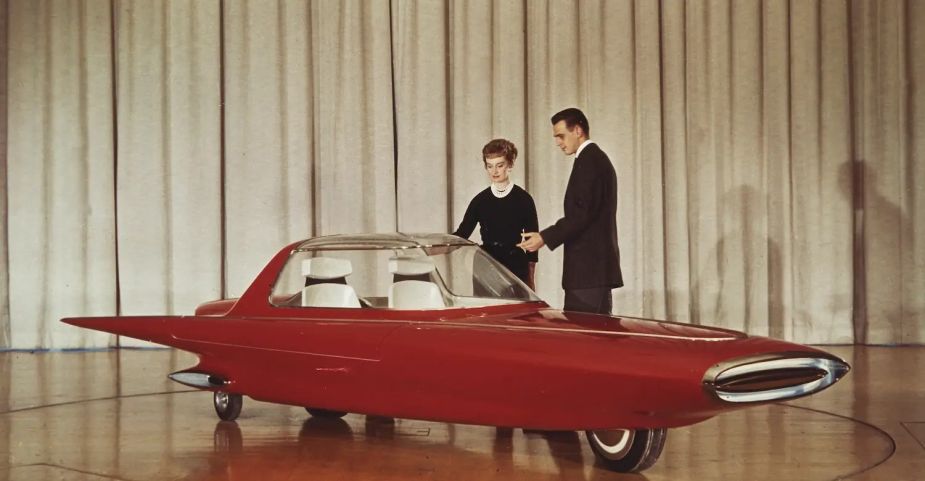
The short answer is no. We are currently not seeing any autonomous vehicle manufacturers stepping up to pay for crashes, even when the human driver’s hands are off the wheel. This is because all current technologies are classified as driver aids.
Even Tesla’s confusingly named “Full Self Driving” mode was considered a form of driver aid. Automakers are putting considerable effort into vehicle cameras that can make certain the human driver is awake, alert, and ready to brake. Why? Because the vehicle is still legally under their control.
If in the future, a fully autonomous vehicle were to cause a crash, it would be considered defective equipment. Therefore, the automaker probably wouldn’t cover the crash with regular liability insurance. But autonomous vehicle manufactures might need to carry what’s called Technological Errors & Omissions insurance.
You might not be able to afford to drive your own car
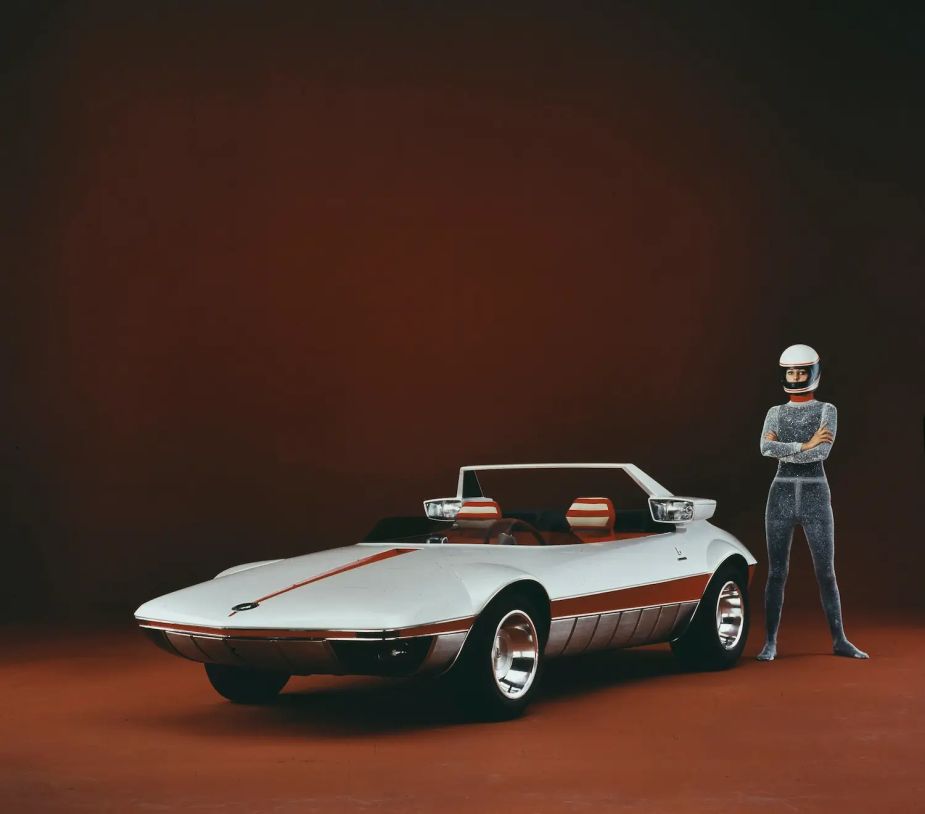
In a future with fully autonomous vehicles, accidents occurring in self-driving mode could be the responsibility of the automaker. An automaker might cover damage and injury caused by such accidents with its Technological Errors & Omissions insurance.
The only way your liability insurance would need to cover an accident would be if you shut off self-driving mode. One way that insurance companies could lower premiums is by adjusting your individual premium by the percentage of your driving time you have self-driving engaged.
In his book Why We Drive: Towards a Philosophy of the Open Road, Matthew Crawford paints a future in which most vehicle owners can no longer afford to take the wheel. If they shut of self-driving mode, their insurance premiums will go sky high.
Many greedy automakers are charging subscription fees for basic features. We may be steering towards a future in which you need to cough up cash to even alter the route your self-driving car chooses for your commute. And if you don’t pay, advertisers will. Imagine you’re trying to stick to your diet but your self-driving car takes a detour to loop the local McDonalds while playing advertisements at full volume. And you can’t afford to make it stop.
Next, find out how self-driving vehicles may repossess themselves over missed payments.
